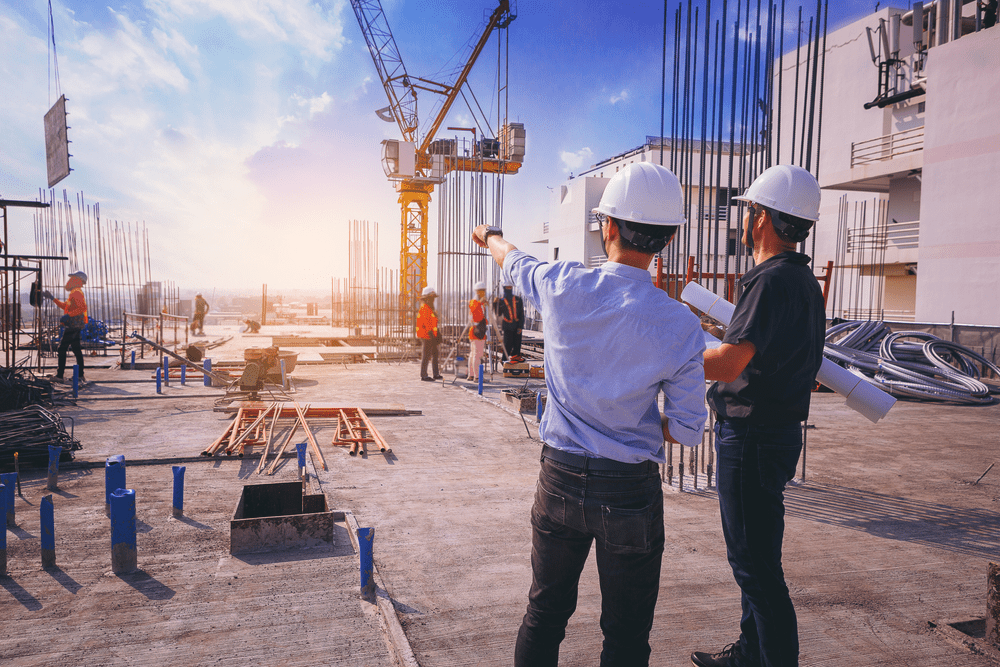Recycling scrap metal is like giving old metal new life. Every day, tons of scrap metal from old cars, appliances, and construction sites are collected. But have you ever wondered what happens to this metal after it’s recycled? Let’s explore this journey in simple words and short sentences, making it easy for everyone to understand.
Step 1: Collection
First, scrap metal is collected. This includes metal from old cars, broken appliances, construction debris, and even small items like soda cans. People bring these items to recycling centers, or sometimes, recycling trucks pick them up.
Step 2: Sorting
Next, the collected metal is sorted. This is important because different metals are recycled in different ways. Magnets can pull out iron and steel. Other machines separate aluminum, copper, and other non-ferrous metals. Sorting makes sure each type of metal is processed the right way.
Step 3: Cleaning
After sorting, the scrap metal needs cleaning. This step removes anything that’s not metal, like plastic, glass, or dirt. Clean metal is easier to recycle and turns into better quality new products.
Step 4: Shredding
Then, the clean metal is shredded into small pieces. This makes it melt faster when it’s time to turn the scrap into new metal. Shredding saves energy and makes the recycling process more efficient.
Step 5: Melting
The shredded metal pieces are then melted in a large furnace. Each metal type has its own furnace because they all melt at different temperatures. Melting turns the scrap metal into liquid metal. This process uses a lot of energy, but it’s still much less than making metal from raw materials.
Step 6: Purification
After melting, the liquid metal is purified. This is a key step to make sure the new metal is high quality. Different methods are used to remove any remaining impurities. Sometimes, chemicals are added to get rid of unwanted elements.
Step 7: Solidifying
Once purified, the liquid metal is made solid again. It’s poured into molds or passed through machines that shape it into bars, sheets, or other forms. These solid pieces are called ingots or billets, and they’re ready to be used to make new products.
Step 8: Manufacturing New Products
Finally, the recycled metal becomes part of new products. The ingots and billets are shipped to factories where they’re made into cars, appliances, construction materials, and more. The recycled metal is just as strong and useful as new metal. Sometimes, you can’t even tell the difference.
The Benefits of Recycling Scrap Metal
Scrap Metal Processor & Recycler has many benefits. It saves energy, reduces pollution, and conserves natural resources. For every ton of metal recycled, we save tons of ore. This also reduces the need for mining, which can harm the environment.
Recycling also helps the economy. It creates jobs in collection, sorting, and processing. Plus, it provides cheap, high-quality materials for making new products.
Conclusion
Scrap Metal Processor & Recycler is a complex, but it’s very important. It turns old, unwanted metal into new, useful products. This helps the planet and people too. The next time you recycle a can or a piece of metal, remember: you’re part of a big, important cycle that keeps our world running smoothly. Thank visiting theinfluencerz.com






